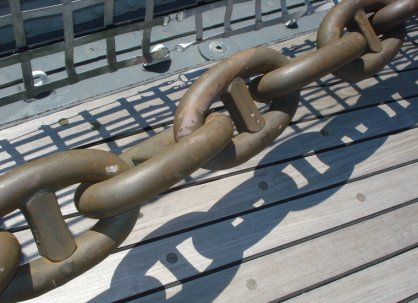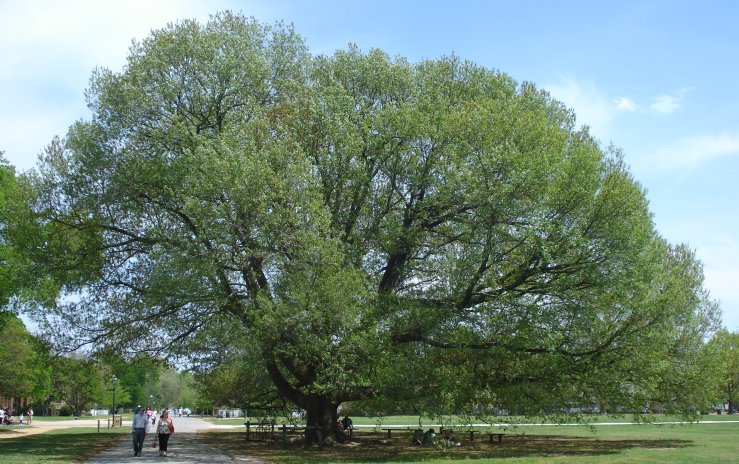A chain is only as good as its weakest link. When making judgments, you have to look at the whole chain from start to finish. This is true in any business and it is even more crucial in environmental affairs. Some products may look very green in their current form, but are not when you consider where they are coming from or where they are going.

Wood is the most environmentally friendly building or structural product when you look at the whole ecological value chain.
Start on the ground. As a forest grows, it removes pollution from the air, keeps water clean, provides wildlife habitat and makes the world more beautiful. The production of wood is environmentally friendly. This contrasts with other materials, such as plastic, concrete or metal, all of which must be pulled from the earth and are negative in their environmental impacts during production.

Harvesting of trees requires the use of fuels and may result in pollution released into the air. Even well-managed forest harvests will impact local water quality. These are serious issues, but can be minimized. They also occur only once in many decades and are much more than compensated by the many years of beneficial growth. If you look over a thirty-five year pine rotation, it is clear that the net environmental benefits are overwhelming.
Beyond that, nothing exists in isolation. If you compare forestry to almost any other land use, forestry is the most sustainable and environmentally friendly activity. Compared to other products, the comparison is so extreme that we might actually miss it. Twenty years after a operations, a mine, quarry or oil well is still a hole in the ground unless costly reconstruction has been done.
Twenty years after a harvest a forest is … a forest with young trees growing robustly.
I write the Tree Farmer of the Year article for “Virginia Forests.” These guys have usually been in the business for years and they have pictures. I am always amazed to see the old pictures and hearing about the changes. I recall standing in a mature pine forest in Greenville County and talking to the owner about his land. He showed me an old black and white photo of his grandfather standing in the “same” grove of trees in the same spot where we were. But it was not the same. This land had been harvested TWICE since the old man stood proudly among his pines. His grandson could do the same and future generations would also have the chance to walk among the pines. That is what renewable means.
Wood is completely renewable. As I wrote earlier, renewable is even better than recyclable.
But what happens after you are done with the wood. We like to think our houses will last forever, but most won’t. Wood is easily disposed of or cycled back into the natural world. Wood can be burned as fuel. It releases CO2 at that time, but this is the same CO2 recently absorbed. Burning wood is recognized as a carbon neutral activity for that reason. If thrown away, wood decays. It doesn’t take long before yesterday’s tree is fertilizer for tomorrow’s. This is in striking contrast to other materials. Steel can be recycled at a high energy cost. If thrown away, it will rust away after many years. Concrete also can be recycled with much effort. If thrown away it lasts pretty much forever. While it creates no particular environmental hard, it is a form of garbage that never goes away. Plastic is the most persistent product. Some plastics will remain in the environment almost forever. Recycling is a good thing when it can be done with plastic, but it really only postpones the problem. The plastic water bottle may be turned into a carpet, but eventually it will end up in a landfill where it will stay … forever.
We need to use all sorts of materials: metal, plastic, glass, stone, concrete, various composites and wood. They are all appropriate for some uses. When you look at the total ecological value chain, wood deserves a lot of consideration.
